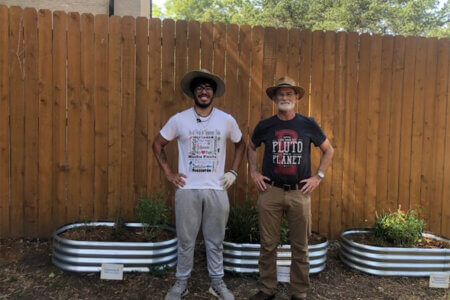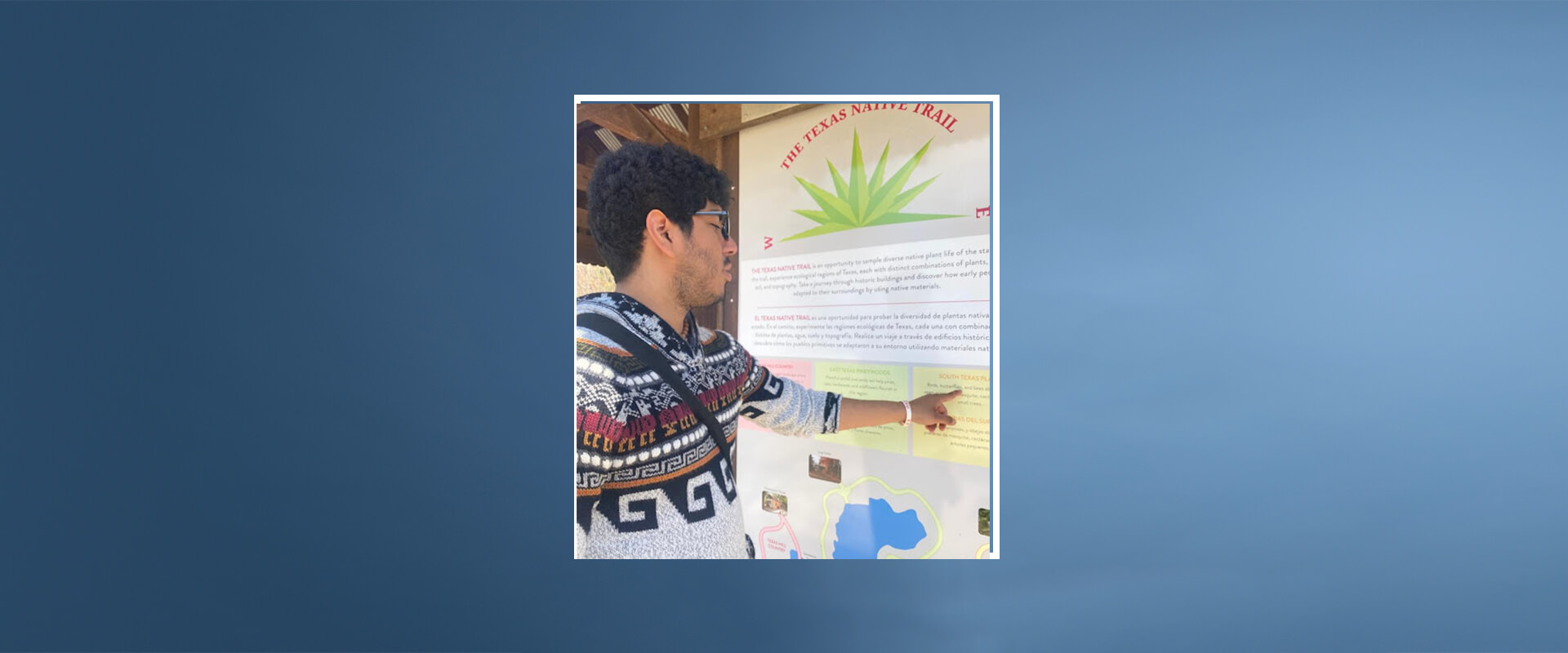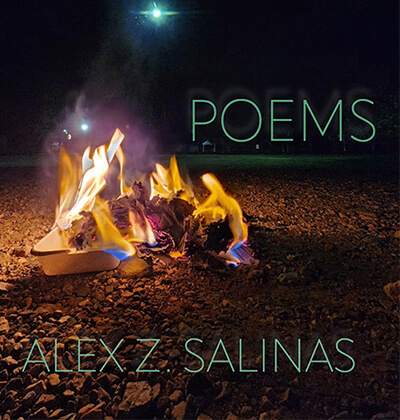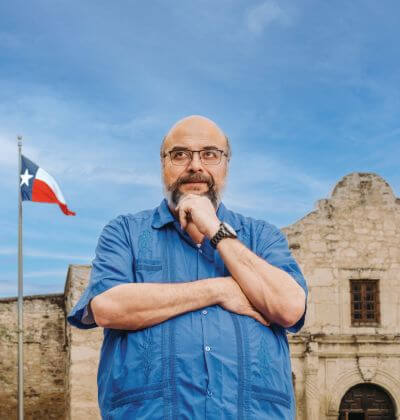Keeping St. Mary’s sustainable and scenic
by Jayden Mendez
Environmental Science major Jose Cornejo has always been environmentally conscious.
Growing up in Lima, Peru, he came from a Marianist high school that valued protecting God’s creation. He loved living there; however, he was always noticing how brown and polluted the beaches were. Taking God’s values to heart, he decided to do something about it.
Now a junior at St. Mary’s University, Cornejo has taken steps toward helping the environment — one blade of grass at a time.

To observe the difference between native and non-native plants, Cornejo began a project testing to see which are most sustainable, affordable and aesthetically pleasing.
Just outside Garni Science Hall sit three boxes containing a mixture of plants. One contains only native plants, another all non-native plants and the third includes a half-and-half mixture. Cornejo expects to complete his project during the Spring 2024 semester.
Before beginning, Cornejo talked to the University’s landscaping staff to get a feel for what type of plants already fill the St. Mary’s campus, finding most plants on campus are not native to San Antonio. Kentucky Blue Grass is common across campus but dries up quickly in the Texas heat.
The goal is to incorporate plants that can endure the punishing summers and help conserve water while still being affordable.
“In the fieldwork, I just tried to put three types of plants together to see which one of the three was most sustainable and, at the same time, was cheapest,” Cornejo said.
Laudato Si’ integration
Cornejo’s mentor for this project, Professor of Environmental Science David Turner, Ph.D., said he believes Cornejo’s project will help St. Mary’s further its plan to be more environmentally friendly.
“Laudato Si’ , on Care for Our Common Home, is Pope Francis’ 2015 encyclical on integral ecology. Laudato Si’ is a seven-year action plan that launched in November 2021 in a call from Pope Francis to alleviate the climate change crisis. St. Mary’s was the first university in Texas, among a global cohort, to join the pope’s call to action.
Turner is chair of the Laudato Si’ Action Plan Development Committee, a team created at St. Mary’s to organize and develop a roadmap to meet those objectives.
David Turner, Ph.D.“I have a brown thumb. I kill plants. But I knew Jose was very passionate about it, and he demonstrated that he was going to take charge of getting what he needed and be proactive.”
Turner said Cornejo’s project can be a small step in helping the University toward that goal by finding out what sort of plants would be best for this region when it comes to issues of cost, sustainability and visual appeal.
“I have a brown thumb. I kill plants,” Turner said. “But I knew Jose was very passionate about it, and he demonstrated that he was going to take charge of getting what he needed and be proactive.”
The project, born out of a passion for helping the environment, will also integrate the Marianist values of protecting the Earth and will explore the diverse plant life at St. Mary’s.
Although change won’t happen overnight, this project addresses biodiversity and building a framework for what plants will make St. Mary’s more environmentally friendly.
“A non-native species doesn’t mean there’s something wrong with it. Our environments change and keep changing,” Cornejo said. “One of the greatest outcomes I got from this research is to promote biodiversity.”







